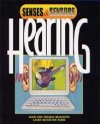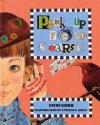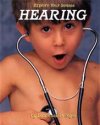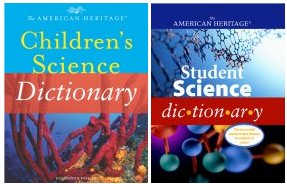Hear, Hear Additional Information
You can learn more about the MTV-Harvard survey on hearing loss at www.news.harvard.edu/gazette/2005/04.07/15-hearing.html (Harvard University), www.4woman.gov/news/english/524929.htm (National Women’s Health Information Center), kidshealth.org/research/teens_know_hearing.html (KidsHealth.com), and www.4hearingloss.com/archives/2005/10/hearing_loss_th.html (4HearingLoss.com).
Information about noise-related hearing loss can be found at www.nidcd.nih.gov/health/hearing/noise.asp (National Institute on Deafness and Other Communication Disorders).
2005. ScienceFairZone: Earplugs and noise. Science News for Kids (April 6). Available at
http://www.sciencenewsforkids.org/articles/20050406/ScienceFairZone.asp.
2004. LabZone: Test your hearing. Science News for Kids (Feb. 18). Available at http://www.sciencenewsforkids.org/articles/20040218/LZActivity.asp.
Sohn, Emily. 2005. Lost sight, found sound. Science News for Kids (Feb. 2). Available at http://www.sciencenewsforkids.org/2005/01/lost-sight-found-sound-2/.
______. 2004. Hearing better in the dark. Science News for Kids (Oct. 20). Available at http://www.sciencenewsforkids.org/2004/10/hearing-better-in-the-dark-2/.
Books recommended by SearchIt!Science:
 |
Hearing— Alvin Silverstein, Virginia Silverstein, Laura Silverstein Nunn
Published by Twenty-First Century Books/Millbrook Press, 2001.
Everything we know about the world around us is based on messages that we receive from our five senses. Sound travels through gases, liquids, and solids. Learn how the human ear acts as a sound-gathering device. Some animals have developed the ability to catch their food at night by sending sounds that bounce off objects and return to their ears. Find out about how the brain “hears” sound. How do you hear what you hear? Researchers have developed digital hearing aids that can help people with different types of hearing loss. |
 |
Perk Up Your Ears: Discover Your Sense of Hearing— Vicki Cobb
Published by Millbrook Press, 2001.
Clear your ears and get ready to explore your sense of hearing. Explore the anatomy of ears and perform several activities that help you to find out about the amazing and incredible ear. Test your hearing and find out why two ears are better than one! What really goes on inside your ears? Investigate and perform several activities that help you to learn about conduction, perception of pitch, and echolocation. |
 |
Hearing— Laurence Pringle
Published by Benchmark Books/Marshall Cavendish, 1999.
Hearing is very important. It allows us to communicate with each other and hear warning noises when something dangerous is approaching. Hearing also enriches our lives. Imagine what life would be like without music! This book explores the sense of hearing. It explains the science of sound, how our voices work, and how our ears work with our brains to perceive the sounds that we hear. Learn about how our ears regulate our balance, and find out how animals hear. Also, discover how science is helping us extend our hearing, and find out how you can take care of your hearing. |
Power Words
cochlea A part of the inner ear that is shaped like a spiral and looks like a snail shell. The cochlea contains the sense organs needed for hearing.
ear The organ of hearing. In humans and many other animals, the ear is made up of three parts: the inner ear, the middle ear, and the outer ear. The ear also helps living things keep their balance.
eardrum The thin, oval membrane that separates the middle ear from the outer ear. The eardrum vibrates when sound waves strike it, and these vibrations are then sent to the three small bones of the middle ear.
 |
Copyright © 2002, 2003 Houghton-Mifflin Company. All rights reserved. Used with permission.